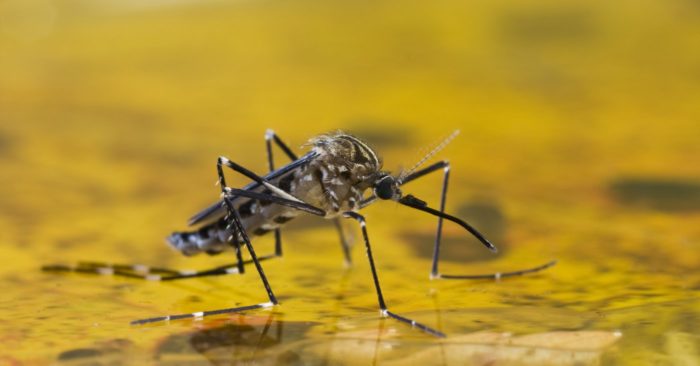12th April, 2020

The World Health Organisation (WHO) has announced an outbreak of yellow fever in South Sudan.
Yellow fever is an acute viral haemorrhagic disease transmitted by infected mosquitoes.
According to the agency, two cases were identified in Kajo-keji, a region bordering Uganda.
An outbreak of the viral disease was detected in that area of Uganda early this year.
WHO warned that the risk of ongoing and further transmission of yellow fever is a concern in South Sudan due to spontaneous return of displaced persons from Uganda.
There are also concerns of gaps in surveillance and weaknesses in health services because of ongoing travel restrictions imposed because of the COVID-19.
There is also the onset of the rainy season to worry about.
This provides a favourable breeding ground for mosquitos that spread the virus.
“Epidemic spread of yellow fever is a risk in South Sudan as the estimated overall population immunity is negligible with nearly zero per cent immunity in Kajo Keji,’’ WHO said.
To respond to the outbreak, the Ministry of Health of South Sudan, with support from the WHO, planned to launch a vaccination campaign in the affected region.
It also proposed the implementation of preventive mass vaccination campaigns by 2022.
South Sudan has experienced several yellow fever outbreaks in the past few years.
The country’s worst yellow fever outbreak occurred in May 2003, when a total of 178 cases with 27 deaths were reported in the Imatong region.
The “yellow” in the name refers to the jaundice that affects some patients.
Symptoms of yellow fever include fever, headache, jaundice, muscle pain, nausea, vomiting and fatigue.


